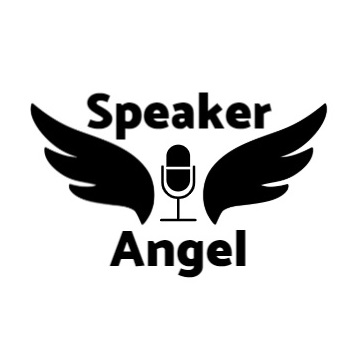Storytelling is one of the most powerful skills you can you learn. People who have the most influence in the world are all great storytellers.
Stories have the ability to capture attention, reinforce a lesson, connect through emotion, and can move crowds into action. Stories have the ability to change the world.
It is no surprise that great leaders all invest in becoming a better storyteller. I have met hundreds of TEDx speakers and the ones who manufacture the biggest audience reactions do so through stories.
So how do you tell a great story?
I man named Joseph Campbell studied stories from all around the world, and developed a concept called “The Hero’s Journey”. All mythological stories, fairy tales, and modern Hollywood productions follow nearly the same script.
This format has 12 main parts with up to 5 sub-parts, but in sentence three core sections that you need to cover in order to tell a compelling meaningful story.

Study any hero story and you will find these traits: The Wizard of Oz, The Lord of the Rings, Harry Potter, The Matrix, etc.
The Hero’s Journey
Most speakers make a critical mistake when speaking to an audience. They tell their story from a winning perspective, rather than taking us through all the steps. They need to retrace the struggles, the barriers, and finally can we cheer for the hero in the story that is seeking one clear goal. This is very important – one defined goal.
When you listen to a story, what you are doing is relating that story to yourself. You imagine your life as it is today, and connect your upcoming life events, like a metaphor, to the story at hand.

Great storytellers understand this. That their story is not about them, or the hero necessarily, but about the person listening to the story.
“The hero is you.”
In fairytales and movies, the hero’s goal is usually focused on going to a distance place, defeating something nasty, and returning home with something that makes the hero’s world a better place.
How this relates to everyday people is that we all want a happier more successful life for ourselves and our family. We usually need to go somewhere to begin this journey, learn something we cannot learn sitting at home, and return with secrets that will make life better for our family.
A hero’s journey, as depicted by Joseph Campbell, is broken up into three main acts.
The Departure
All great stories begin the same. The protagonist or hero currently resides in an ordinary world. A regular boring normal life, of which they may generally be unsatisfied, unfulfilled, and unhappy.
Then something happens. Something unexpected. The hero receives a call.
This call could come in the form of a random letter like in Harry Potter, or an unknown message to Neo late one night as he peers sleepily into his monitor.
Typically, there is relecuance to follow this call. Neo followed Morpheus’s guidance until the path took him out the window and onto a narrow ledge. He was too afraid to continue and was captured by the agents. Through continued help of a mentor, the hero eventually continues on the path.
The end of the first act will be signified by crossing a threshold. When Frodo reached Rivendell, they officially formed The Fellowship and committed to marching the ring into Mordor.
Initiation
The next phase of the hero’s journey is one where they must face tasks and trials, either alone or with the assistance of helpers. Many people would back down, give up, and return home in the fact of these obstacles.
Ultimately the hero is working towards when Campbell called “the innermost cave”. This is the epicenter of the crisis of the adventure. Here, the hero must face “the ordeal”, and overcome the main obstacle or enemy. It’s generally the most difficult challenge in their journey, and they are faced with a life or death situation. Friends who have helped them along the way may be lost. But ultimately, the hero must slay whatever dragon lies ahead.

When this ordeal is accomplished, the hero is left to seize the sword, retrieve the treasure, or grab the elixir.
After the elixir has been discovered, the hero is left to return home to their ordinary word with their reward. The reward usually comes with something that will improve the health and wealth of their family or village.
The Return
Challenges may still occur on the journey home, and they may be pursued by guardians of the special world, they may not want to return home immediately, or may be rescued or forced to return home. Either way, the hero must return home.
The hero tends to be transformed by their adventure and now has new wisdom or powers they can exert over new obstacles they face. They can use these new powers on the ordinary world or the new world they are returning from.
The final aspect of the hero’s journey is to live in the new freedom and prosperity they have worked so hard to achieve.

After so much struggle, your audience can rejoice and cheer the hero on live a great life, happily ever after.
What Is The Lesson?
Just like all fairy tale stories, this same hero’s journey structure can be used when you speak to crowds, tell your stories, and want to move your audience for action.
Remember not to start off anywhere but normal. That something called you for action, you were reluctant, needed help, had to face a major challenge, and return home for the great good of mankind.
This structure can connect to any story you may tell, whether it’s going away to university and returning with knowledge to help your family, or literally going to war and fighting for your nation.
Send me an email to help you design your next hero’s journey talk. Thank you!


Recent Comments